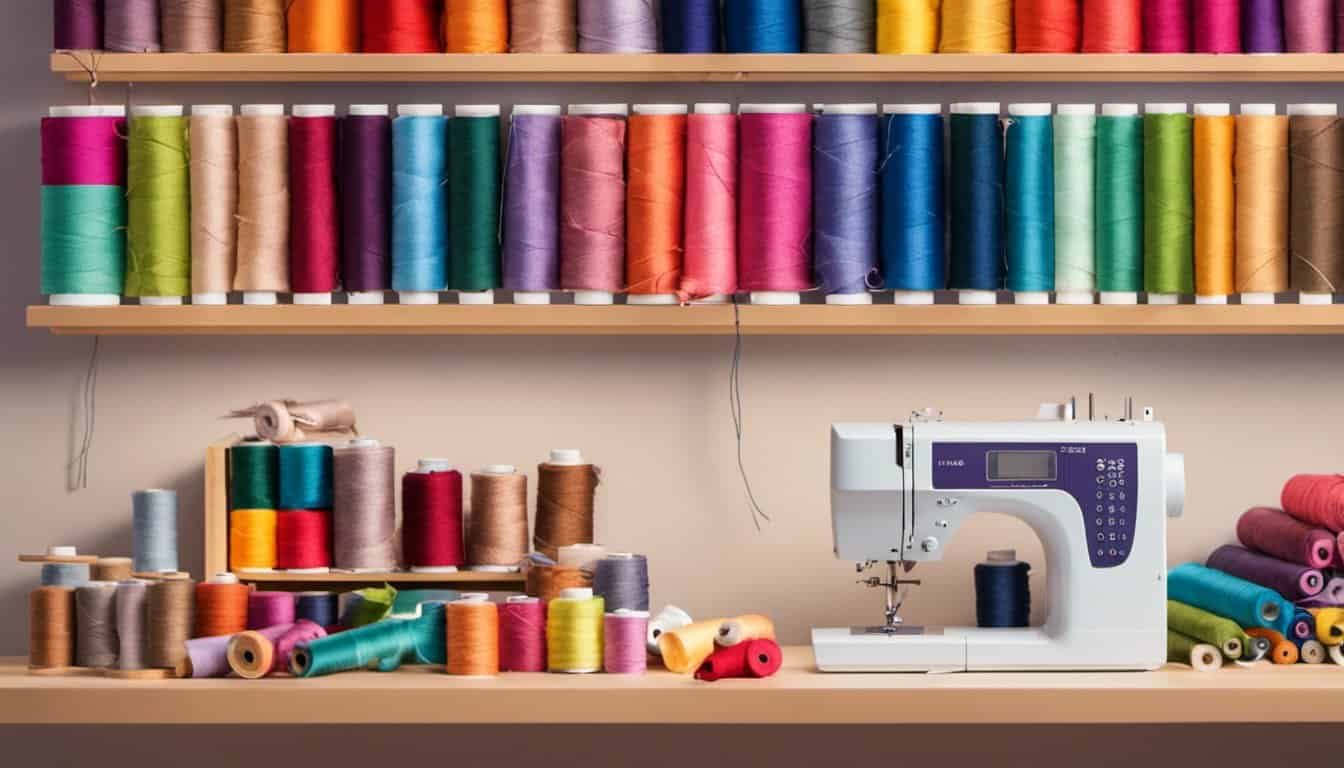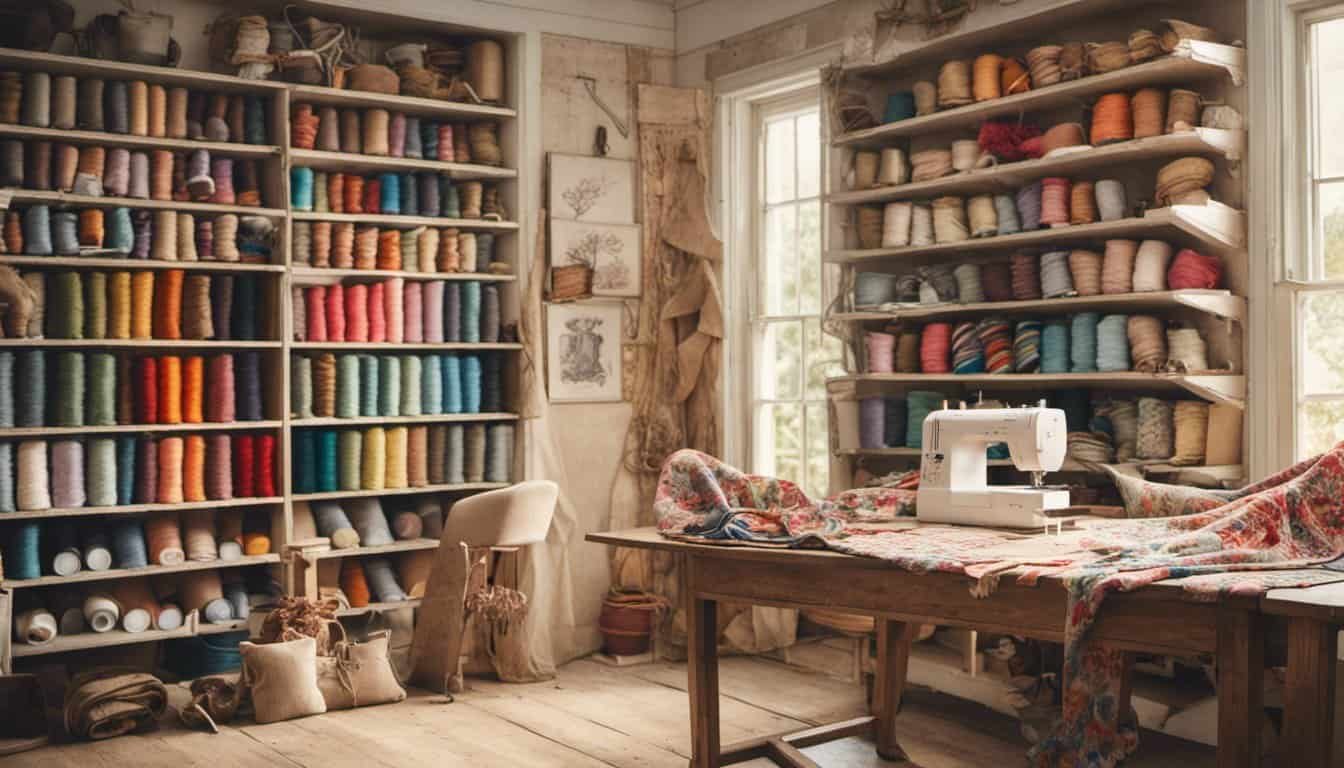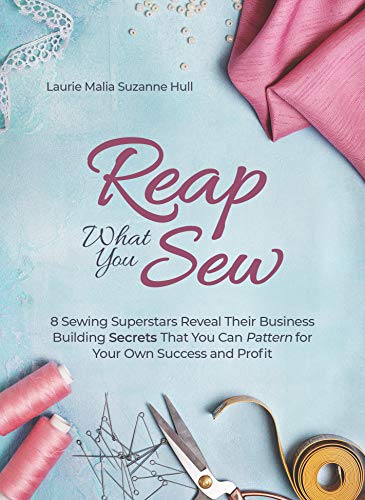Sewing isn’t just about creating clothes or mending tears—it’s a fantastic way for kids to unleash their creativity and develop valuable skills. I’ve always believed that introducing children to sewing can boost their confidence and spark a lifelong passion for crafting.
Benefits Of Sewing For Kids
- Enhances Creativity
Sewing enables children to design and create unique items like pillows, tote bags, or simple clothing, fostering their imaginative skills.
- Develops Fine Motor Skills
Handling needles, thread, and fabric improves hand-eye coordination and dexterity, essential for various everyday tasks.
- Boosts Confidence
Completing sewing projects provides a sense of accomplishment, encouraging kids to take on new challenges and build self-esteem.
- Teaches Patience and Persistence
Sewing requires attention to detail and time, helping children develop the ability to work patiently and persistently towards a goal.
- Encourages Problem-Solving
Encountering and overcoming challenges in sewing projects, such as fabric selection or pattern alignment, enhances critical thinking and problem-solving abilities.
- Promotes Mathematical Skills
Measuring fabric and calculating thread lengths introduce basic math concepts, reinforcing numerical understanding in a practical context.
- Fosters Responsibility
Maintaining sewing supplies and caring for completed projects teaches children responsibility and organizational skills.
- Supports Emotional Expression
Creating something tangible through sewing provides an outlet for children to express their emotions and relieve stress.
- Introduces Practical Life Skills
Learning to sew equips kids with useful skills for everyday life, such as repairing clothes or making personalized gifts.
- Builds Focus and Concentration
Engaging in sewing activities requires sustained attention, helping children improve their focus and concentration over time.
Essential Tools And Materials
Introducing children to sewing begins with the right tools and materials. These essentials ensure a safe and enjoyable learning experience.
Choosing Child-Friendly Tools
Selecting tools designed for small hands enhances safety and ease of use. I recommend the following:
- Safety scissors: Rounded tips prevent accidents.
- Plastic needles: Pointed ends are safer for beginners.
- Kid-sized measuring tape: Simplifies measuring fabrics.
- Colorful thread: Engages children and makes stitching fun.
- Beginner sewing kit: Includes hand-sewing needles, threads, and simple patterns.
Selecting Appropriate Fabrics
- Cotton: Soft, easy to handle, and machine-washable.
- Fleece: Non-fraying edges reduce complexity.
- Pre-washed materials: Prevents shrinking after sewing.
- Bright colors and patterns: Attract children’s interest and creativity.
- Variety of textures: Introduces sensory experiences and different stitching challenges.
Getting Started With Basic Techniques
Teaching kids to sew begins with mastering essential techniques. I’ll guide you through the basics to ensure a smooth and enjoyable learning experience.

Threading A Needle
Threading a needle can be tricky for little hands. Here’s how I make it easy:
- Choose the Right Needle: Opt for plastic needles with large eyes to simplify threading.
- Use Froggies or Thread Extractors: These tools help guide the thread through the needle’s eye.
- Demonstrate Clearly: Show each step slowly, allowing children to mimic the process.
- Practice Patience: Encourage repeated attempts without pressure to build confidence.
Simple Stitching Methods
Starting with basic stitches sets the foundation for more complex projects. I focus on these simple methods:
- Running Stitch: I teach this straightforward stitch for seams and embellishments. It involves inserting the needle in and out of the fabric at regular intervals.
- Backstitch: This stronger stitch is perfect for reinforcing seams. I demonstrate moving the needle backward to secure each stitch.
- Whip Stitch: Ideal for hemming and stitching edges, this method wraps the thread around the fabric edge with each stitch.
- Buttonhole Stitch: I show how to create neat buttonholes by making small, consistent stitches around the button area.
By mastering these basic techniques, children gain the skills and confidence to tackle more advanced sewing projects.
Fun And Easy Projects For Beginners
Starting with simple projects makes sewing fun and accessible for kids. These activities reinforce basic skills and build confidence.
Creating A Simple Pillow
Creating a simple pillow is an excellent first project. I start with two 12×12 inch cotton fabric squares in bright colors. Measuring accurately ensures the pillow’s symmetry. I place the fabric pieces together, right sides facing, and use a running stitch to sew around the edges, leaving a 3-inch gap for stuffing. Filling the pillow with cotton stuffing provides softness. Finally, I stitch the gap closed with a backstitch. This project teaches measuring, cutting, and basic stitching techniques.
Making A Tote Bag
« 10 Genius Ways to Transfer Embroidery Designs to Fabric You Must Try Today
Making a tote bag introduces kids to functional sewing. I choose durable canvas fabric in fun patterns. Cutting two 14×16 inch rectangles serves as the front and back of the bag. For the straps, I cut two 10-inch strips of fabric. I place the front and back pieces together, right sides facing, and sew the sides with a straight stitch, leaving the top open. Attaching the straps involves reinforcing the ends with a backstitch for strength. This project covers cutting, straight stitching, and attaching handles, resulting in a practical tote bag.
Safety Tips For Sewing With Children
Ensuring a safe sewing environment keeps crafting fun for my kids.
- Choose Child-Friendly Tools
I select safety scissors and plastic needles to prevent accidents.
- Supervise Sewing Sessions
I stay nearby when my children sew to guide and assist them.
- Organize the Workspace
I keep the sewing area tidy, storing tools and materials within easy reach.

- Teach Proper Tool Handling
I show my kids how to handle needles and scissors correctly to avoid injuries.
- Use Appropriate Materials
I select fabrics that are easy to work with, reducing frustration and risks.
- Encourage Cleanliness
I teach my children to clean up their workspace after sewing to maintain safety.
Conclusion
Seeing children craft something they made themselves is incredibly satisfying. Sewing not only sparks their creativity but also builds their confidence with each project they complete.
Starting with simple tools and easy projects makes the experience fun and rewarding. I’m excited to nurture their sewing skills and watch their abilities grow over time


















